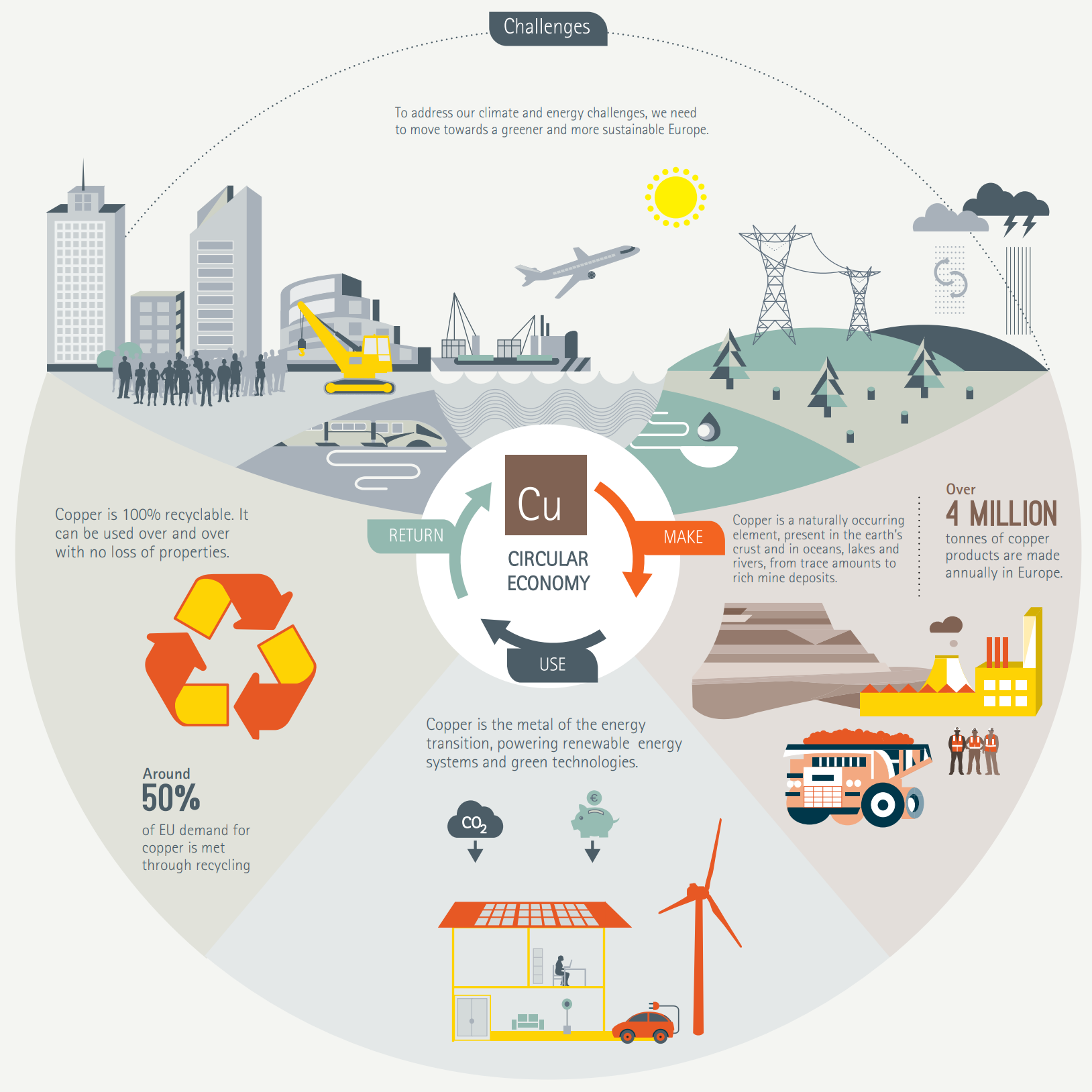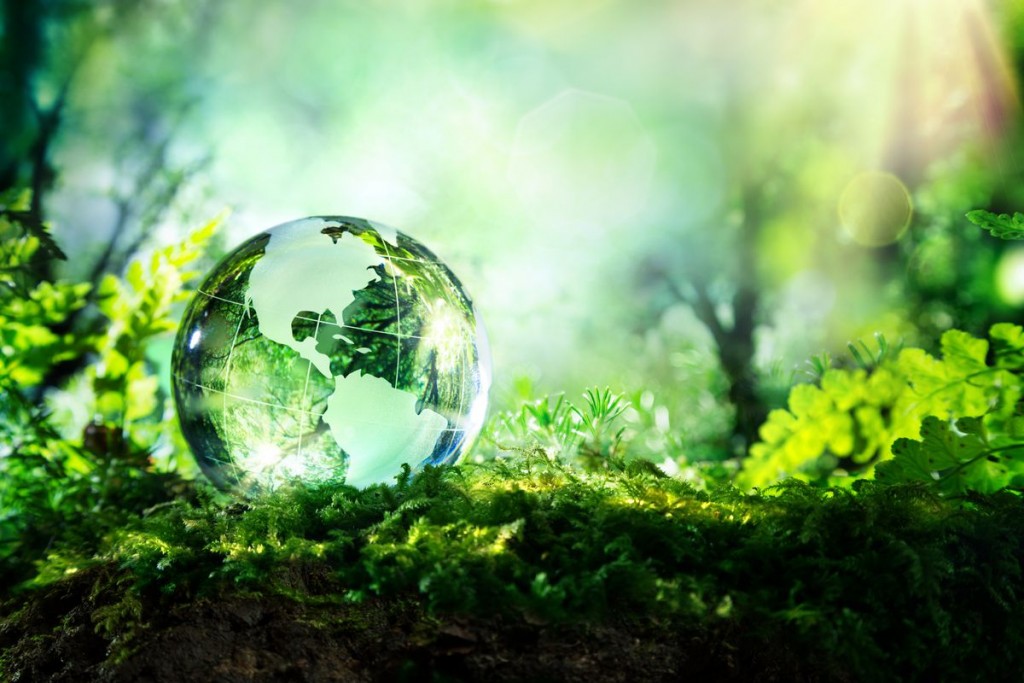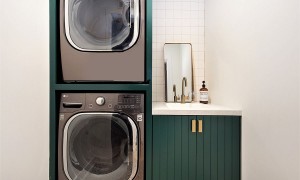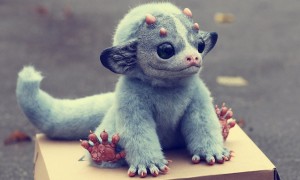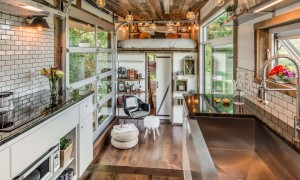A circular economy is a system which functions with closed circles. Regenerative design characterizes the circular economy. It aims to retain as much value as possible of products, materials and parts. The aim of this green economy strategy is to create a system that allows for optimal reuse, remanufacturing, long usable life and recycling.
Circular economy vs. Linear economy
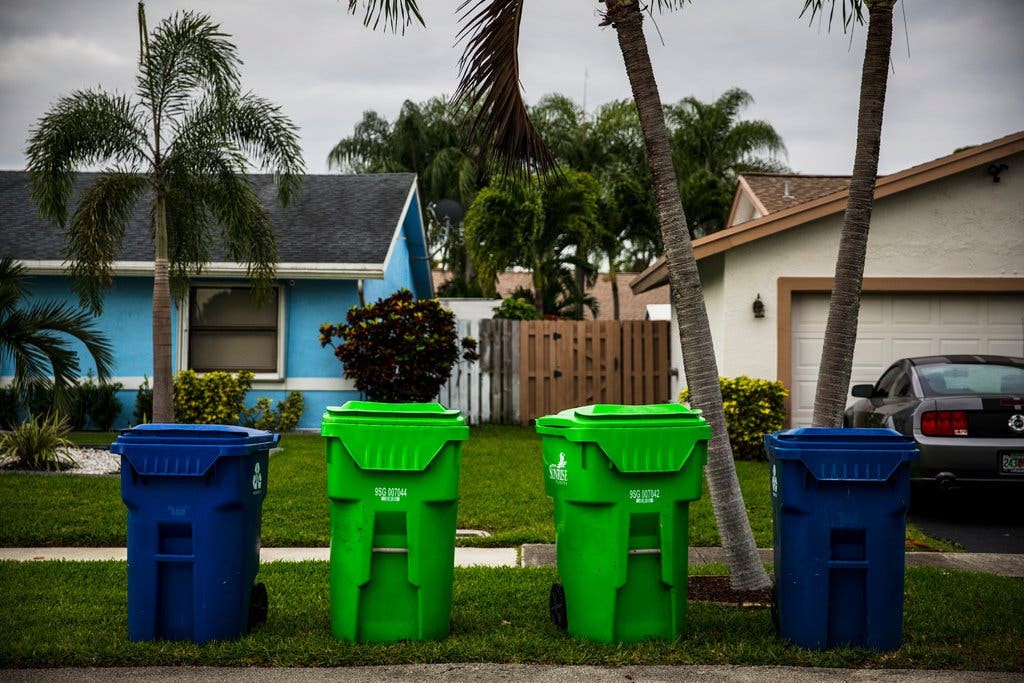
The differences between linear and circular economy are quite significant. For a long time, we have been living in a linear economy. What happens now is that we extract raw materials and use them to make products. We buy them, use them and throw them away. Due to that, massive amounts of waste happens.
In contrast, a circular business model is reusing and recycling all materials. For example, waste paper or glass is used to make new items from recycling materials. To ensure a future with enough raw materials for shelter, food and basic necessities our economy needs to start functioning in a different way.
Closed Cycles
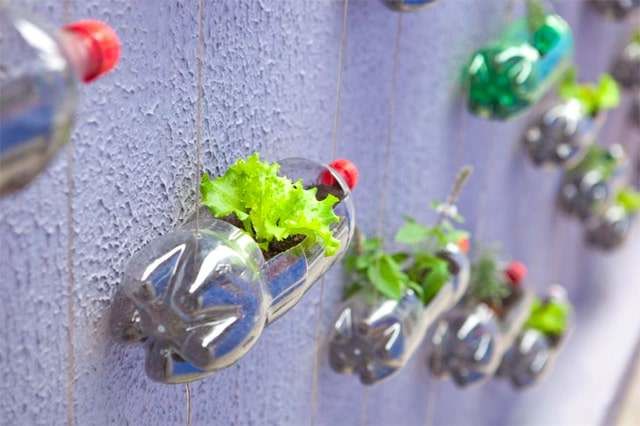
It is is about closing the loops, therefore material cycles become like the ecosystems. Basically, waste disappears because the residual streams become valuable resources. Furthermore, after using a product it can be taken back after use for refurbishing, repair or remanufacturing in order to reuse it many more times.
Working System
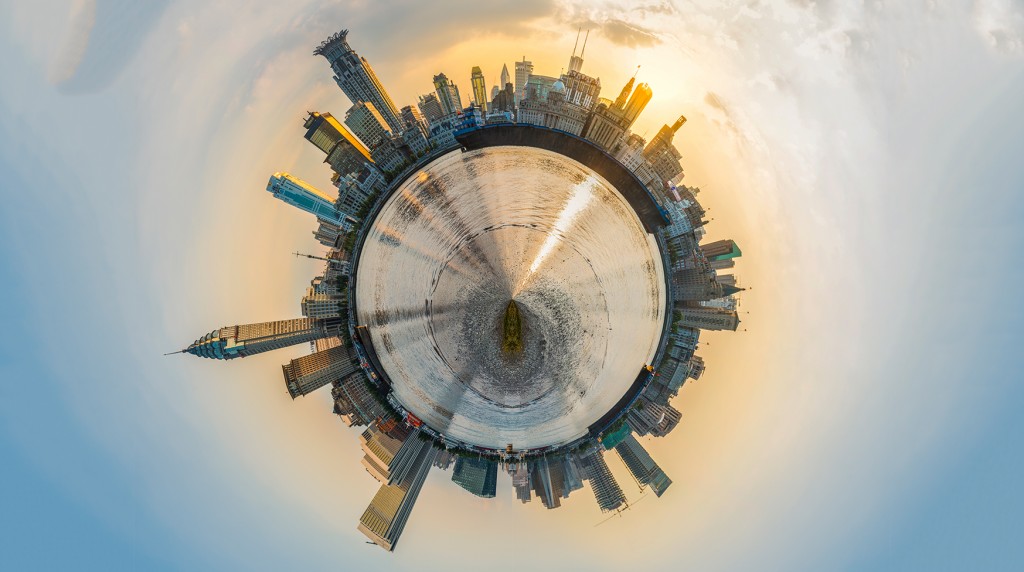
A circular economy relies on system thinking. Businesses, organisms, people; everyone is part of a network and the actions of each one impact others. In a circular economy, all this is taken into account and it aims at creating a more effective and resilient system.
Growth vs. Consumption
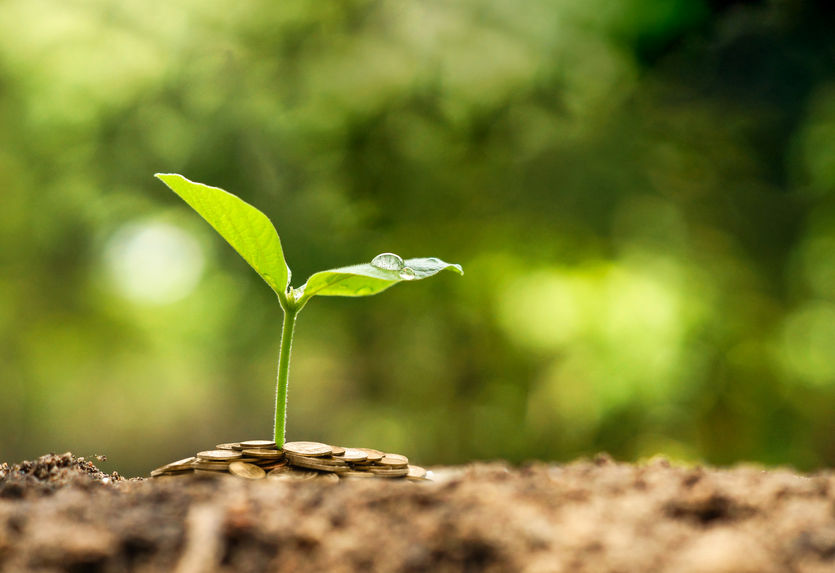
In short – in a circular economy model growth does not equal consumption, but the focus is on value retention. The goal is to secure natural and social capitals which are truly important for the stability of our systems. In a circular model, the cost of the products and services reflect these values, indeed.
There is no exact and official definition of a circular economy. However, it is possibly the best alternative we have to the linear economy. Change is obviously needed. The circular economy model offers undoubtedly great opportunities. Not only for business but also education and manufacturing to finally start functioning in a much more sustainable way.

